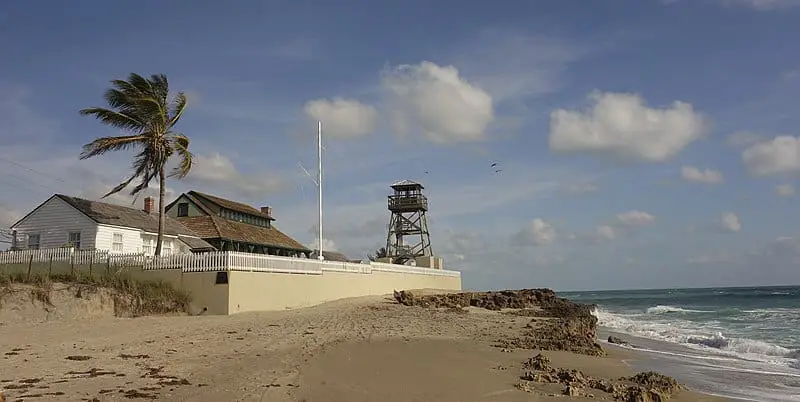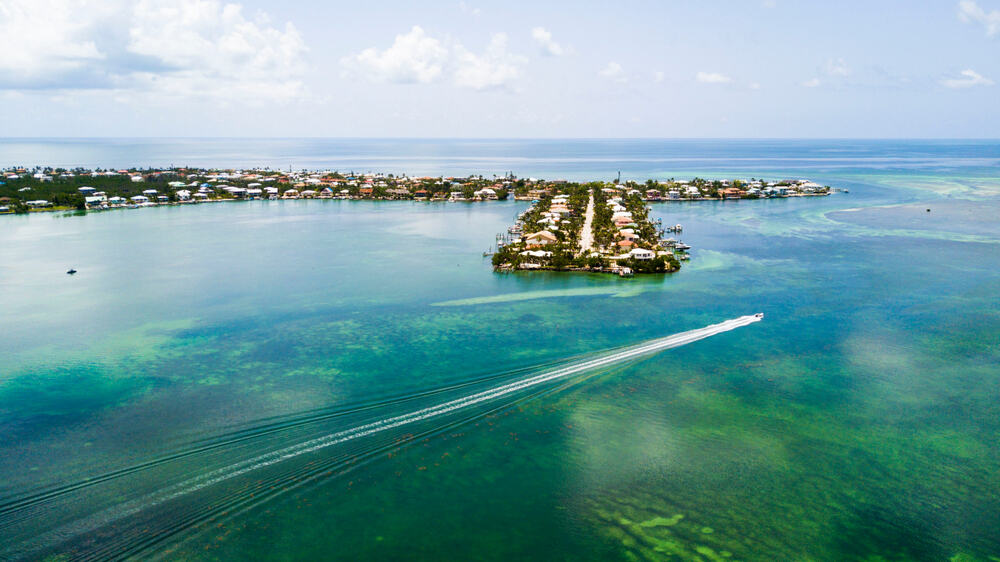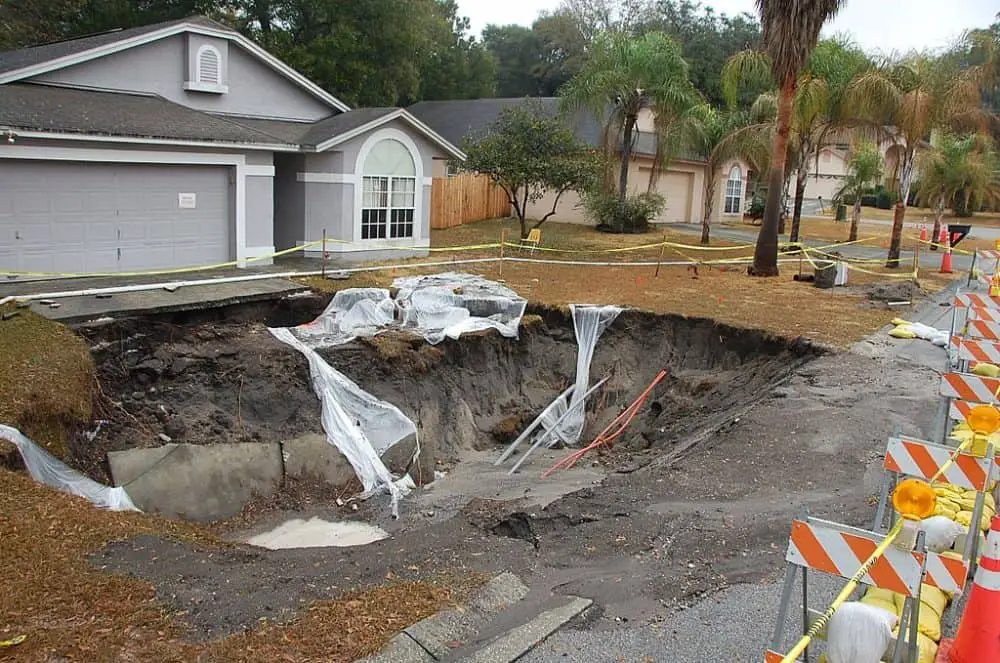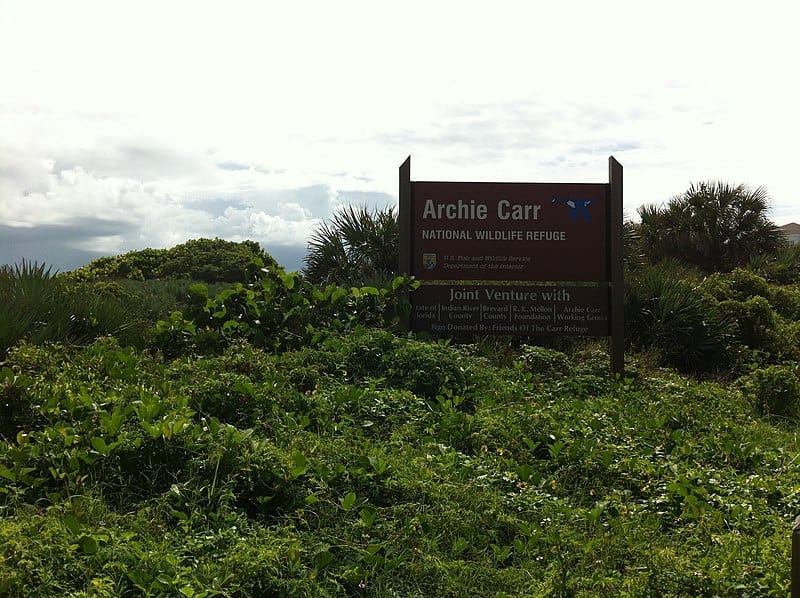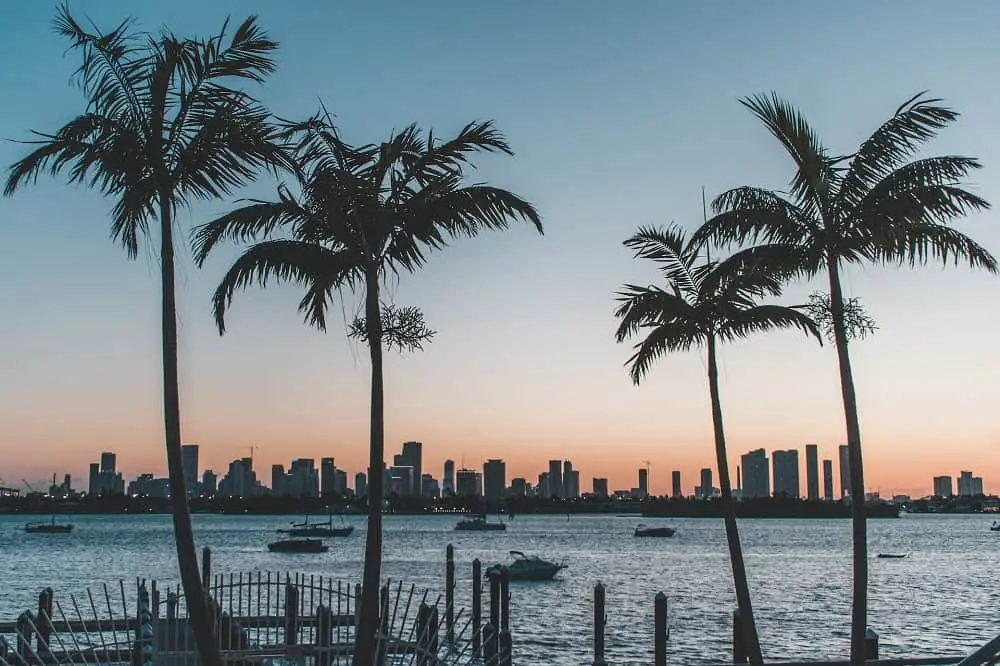Welcome to the House Of Refuge Museum Florida! This amazing museum showcases the history of Florida’s east coast and its people.
Located in Stuart, Florida, the museum offers visitors a unique opportunity to discover the fascinating story behind this important part of America’s history.
From its founding as a refuge for shipwrecked sailors to its years as a Coast Guard station, visitors will be able to learn about the many diverse aspects of the area.
The House of Refuge Museum Florida is a must-see for anyone looking to experience the unique history of the Sunshine State. This museum provides an exciting glimpse into the past – providing a look at what life was like for early settlers in the area.
With interactive exhibits and educational activities, you can learn about Florida’s development from its earliest Native American inhabitants to its earliest pioneers.
Explore artifacts, photographs, and interactive media that bring the history of this coastal paradise alive.
1876 House of Refuge Stands as the Last Surviving Monument
Of the ten houses the US Treasury Department constructed in 1876, only The House of Refuge is still standing. Shipwreck survivors and sailors from Florida’s coast found refuge in these homes.
As part of the US Life-Saving Service, keepers, and their families were supplied food, medical care, and a secure place to stay.
The Service and the US Revenue Cutter Service united in 1915 to create the US Coast Guard. The US Coast Guard station number 207 was established at Gilbert’s Bar House of Refuge.
Throughout World War II, it was still operational. After freighters were torpedoed off the Treasure Coast in 1942, a tower was constructed to monitor the seas for German U-boats. Gilbert’s Bar Coast Guard Station was disbanded in April of 1945 after a long and illustrious.
The House of Refuge Museum Florida is still the oldest building in Martin County.
The museum brings to life its rich maritime and American history and is listed on various historic registries.
Self-guided tours are made possible by interpretive signage, and there are also enlightening and fascinating guided tours available. View the tools and furniture from the era to get a feel for “life at the House,” read shipwreck reports, and see entries from the Keepers’ Logs.
The St. Lucie Rocks, an outcropping of the Anastasia Formation, served as the foundation for this museum’s construction.
It is the perfect destination for weddings, business dinners, fundraising galas, and any other special occasion due to its oceanfront setting and unmatched vistas.
The nearby wreck of the Georges Valentine is a favorite among divers. One of the few authorized underwater archaeological sites is The Georges Valentine. Visit the House of Refuge to view the pictures and read the stories.
Along Florida’s sparsely populated Atlantic coastline, the Houses of Refuge were established as havens for lost sailors and travelers.
The Houses, which were managed by the United States Lifesaving Service, were extremely important at a period when sailing ships dominated international trade.
The old building has withstood numerous storms and provided much-needed shelter for shipwreck survivors, including those of the Italian brigantine Georges Valentine, whose wreckage is still visible just 100 yards offshore and makes for an excellent diving site.
The House Of Refuge’s History
Begins in 1876, when Sumner Kimball oversaw the construction of ten “houses of refuge,” or life-saving stations, along Florida’s Atlantic Coast.
These homes were manned by “keepers,” who lived solitary lives with their families while searching for, saving, and caring for people who had perished in Florida’s perilous reefs and shoals.
Many shipwreck victims got it to the remote coast before they died of malnutrition and dehydration before these cottages were built.
The keeper’s family and he walked as far along the shore as they could as part of their duty to look for victims of shipwrecks.
The House of Refuge became U.S. Coast Guard Station #207 after the U.S. Life-Saving Service and U.S. Revenue Cutter Service amalgamated in 1915 to establish the U.S. Coast Guard.
Axel Johansen, the current keeper, and his wife Kate continued to be in charge, although Alex’s position was moved from Keeper to Surf man #1.
During World War I, this group of five men—four others were stationed in the home—was boosted by the Home Guard, a group of young people from the neighborhood.
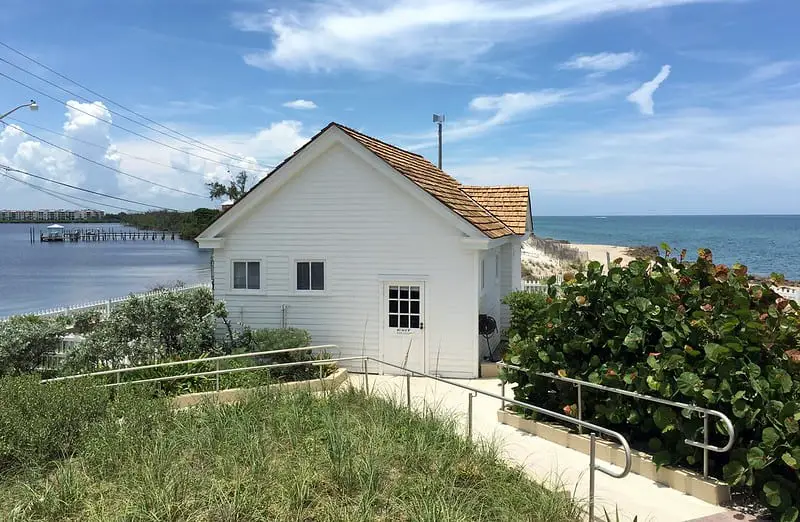
A lookout tower and other structures were built on the site during the 1942 German U-Boat torpedoing of freighters off the Treasure Coast.
After the United States government stopped operating the House of Refuge in 1945, the building stood unused until Martin County paid $168 to buy it and its 16-acre grounds in 1953.
The Martin County Historical Society was established in 1955 to preserve the home and run it as a museum.
Sea turtle rehabilitation began at the House of Refuge almost right away, in addition to its role as a museum.
Ross Witham (1917–2004), who served as the Florida Department of Natural Resources marine turtle coordinator from 1963 to 1987, oversaw this program. Now, marine turtles rely on the House of Refuge’s lifesaving efforts rather than shipwreck victims.
The House of Refuge is the only one of the original 10 homes of refuge to remain on the Florida Coast today, making it a survivor in and of itself. It now conveys the tale of the region’s rich maritime past and the Floridians who overcame challenges in order to serve others.
Because Georges Valentine is located in shallow water, just 100 yards offshore, she is a delight to dive or snorkel around. To access the entry point, a rocky protrusion about l00 yards south, visitors can park at the House of Refuge and walk there.
Before you dive, see the House of Refuge Museum to learn more about the Georges Valentine shipwreck. For additional details on guided tours, give us a call.
Gilbert’s Bar House of Refuge Spawns Unexpected Discovery
In Stuart, Florida, the wreck of the Georges Valentine is located roughly 100 yards offshore and l00 yards south of the south wall of Gilbert’s Bar House of Refuge.
The wreckage’s closest to the beach is located at 27° 11.93’N and 80° 09.88’W and includes the boiler, a 57′ part of the deck with an 8′ section of the shattered mast, and a 12′ by 12′ section of a tile floor.

At 21° 11.93′ N and 80° 09.83′ W, a 65′ section of iron hull measuring 16′ in height is located around 80 yards directly east of the boiler section.
Two shattered steel mast pieces, one 10 feet long and the other 19 feet long on the north side of the hull, are also present in this region.
Rare Geography Erodes and Revitalizes Underwater Sightseeing Hotspot
Georges Valentine is split into five distinct pieces and is partially submerged in the sand. Depending on the weather and storms during the season, and moves to and from the location.
For instance, in August 2003, the sand had moved away, making it possible to see the tile deck clearly and to swim beneath some of the superstructures; in August 2004, however, the sand had moved back in, obscuring several features, including the debris field.
In August 2003, the water’s depth surrounding the hull was roughly 32 feet; in August 2004, it was barely 22 feet.
This museum is a remarkable place to explore and learn about the state’s rich history and offers a unique educational experience that allows visitors to explore the lifestyle of Floridians during the 19th century.
It was the last surviving House of Refuge built by the US Government on Florida’s east coast and is now a historic site listed on both the National Register of Historic Places and Florida Master Site File.
The House of Refuge is a unique and fascinating example of what can be accomplished when communities come together to protect their own.
It has been faithfully preserved as a tangible reminder of our nation’s history, and it continues to inspire those who visit its grounds today.
We may not know all the specifics of how this refuge came to be, but its legacy will live on for generations to come. So why not take a trip out there?
See it for yourself and get a glimpse into the past!

